Art as a form of expression
In the generations of art, it has served and continues to serve as a form of communication and expression, allowing artists to tell stories and spark revolutions through canvas, or a blank space.
While some artists use their tools as a means to showcase their ancestral roots, others use art as a response to political issues — this is known as art as activism or simply, artivism.
History of art as a form of expression
Across multiple platforms, including, but not limited to social media, the news, and text, artivism is a mix of art and activism.
Art as activism can be traced back to many historic events. One of its most expressive eras was the 1960s, in which many responded to the Vietnam War and civil rights movement through their music and art. This movement inspired young people of all backgrounds to speak up and has continued to do so in the present.
Whether it is through music, dance, art or physical murals, all different types of artists are forming a voice through their passions.
The stories of local artists
Globally, San Francisco is recognized for its street art. For some, these streets are a space for local artists to take their art beyond paper. These talented artists all have different stories to tell, and different expressions to share. Locally, we see artists express themselves in a number of ways.
One of the many well known areas in San Francisco is the Mission District, commonly referred to as the Mission, which is recognized for its vivid and colorful murals that embrace the Hispanic/Latino culture of the neighborhood’s people. The art has become a part of the community and adds an additional layer of personality. Many of the Mission’s art can be found in the Balmy and Clarion Alleys. Additionally, there are notable murals spread throughout the city, on places from businesses to schools.
Carlos Gonzalez
Carlos Gonzalez is a Bay Area-based muralist who shares his stories and life experiences as an artist. Throughout his lifetime, and during his career, Gonzalez has painted multiple pieces throughout San Francisco. Gonzalez identifies his art as broadly photorealism combined with impressionistic and geometric styles.
As a troubled young man, Gonzalez ended up on probation. During that time he was mentored by a teacher who helped him apply his skills into art as a form of expression. Because Gonzalez was inspired by so many people who did not give up on him, he continues to mentor youth as a prohibition officer, while also hoping to inspire them as an artist.
“I have led my life as a probation officer to see where a kid has a niche,” Gonzalez said. “Because a lot of these young delinquents that would get in trouble, some of them were good rappers, some were good at poetry, some were good artists, others had other talents.”
Gonzalez tries to acknowledge that people make mistakes, but for young artists, sometimes it is about putting that aside and moving forward. By inspiring others, Gonzalez is passing down the torch while at the same time teaching youth about “hustling.” Gonzalez considers the art industry a hustle because it ties back to the people you know and how you use the connects.
“You are going to navigate through who you can trust, who you can’t, who can help you versus who can’t and will bring you down, all that, you just got to learn that in life, in general,” Gonzalez said.
Now retired, Gonzalez does commercial art, incorporating different themes into his art. A prevalent theme in his pieces includes the stories of La Raza, or “The Race”, showcasing the cultural identity of his community.
“You could do whatever you want, and art could outrage people,” Gonzalez said. “Art can be controversial to where some people just love it and want the freedom to express themselves, and others wanna censor it because it offends. Art can be anything you want it to be. … Art can be outrageous and offensive, or it can be timid, and everybody loves it.”
Mel Waters
Mel Waters, a Filipino- and African-American Bay Area-based muralist and fine artist, owns a Tattoo shop in the Bay Area. In his murals, Waters mainly focuses on black and white portraits with his most widely recognized being of Carlos Santana painted on 19th street and Mission street.
For Waters, it was his surroundings that inspired him. The stories that would form part of who he is as an artist would begin as a kid.
“It all starts out as a youth when I was a kid, art was my outlet,” Waters said. “It was always, I just always had it in me to be creative and expressive.”
However, as a teen and young adult, Waters put his soon-to-be-discovered passion to the side and began to get into sports. During his early 20’s, Waters had other things to worry about such as his a nine-to-five job at a hospital. But later, he decided to turn his side thing, art, into his work.
“Once I found my love for art I poured myself into it every time I did,” Waters said. “I realized there was something there and people liked it, and so I invested more time in it, and I guess more of my skills started to show as I kept going.”
Eventually, Waters realized that art was not only his job after leaving the hospital, but also his life.
“Art changed my life,” Waters said. “I’m here now and it’s a blessing and I’ve been blessed to have opportunities along the way.”
Waters has now dived deeper into his passion, and continues to work as a full-time artist. He compares art to music, in the sense that some music is happy and some music puts out a message that makes you think. Waters has continued to use art as an outlet in his adulthood, and while he doesn’t stick to any specific rules, he does constantly put what he is feeling at the moment into art.
“I’m not totally drawn into one thing. Sometimes it’s fun it’s about music and being happy,” Waters said. “And sometimes it’s about trying to paint something that involves the times of today. It’s just what I feel, whatever I’m feeling. I’m not totally drawn into one thing, as far as political. I’m just trying to express myself and hopefully, someone will feel a certain way ”
Alejandro Esquivias
Being an artist can mean many different things; to some, it means taking it to murals and communities and to others, its a canvas pad. Skyline College has produced some artists with one being former Skyline student Alejandro Esquivas.
Esquivias, from Jalisco, Mexico, drew as a child but wasn’t as exposed to art. When he came to Skyline, he wanted to be a teacher and was studying early childhood education; it wasn’t until he took a drawing class with professor Amir Esfahani that he realized that this was his calling.
“I realized that I was expressing my ideas when I took art history classes because I learned how the people of the caves expressed themselves through art, whether it was paintings or sculptures, even though they did not know the concept of art” Esquivias said.
His path to learn more about art in general gave him the understanding of what his mind and hands were doing.
Expressing yourself through dance, music or paintings is a form of unspoken communication that inspires others and lets many see someone for who they really are, to see them in their purest form. In some ways, it is a form of breathing.
Esquivas had a hard time finding a way with words in which he could express himself, especially since he was born in a culture where men are raised to be “macho” and to not cry or be sensitive. Art has been a way in which he was able to breathe and let others see him through his art.
“I can express my feelings through it. I can express that I’m sad happy, mad, into politics, gay, kind, sarcastic and much more things through art, without having people’s eyes on me, but on my art,” Esquivias said.
Art as expression today
Today’s society is going through challenging times across the globe and art has contributed into a reaction towards local, as well as national and international issues. With a range of talent, artists are painting ideas that many choose to ignore, using their art as their voice to react to the injustices they see in this world.
Within its nature, art has no rules. There are no guidelines to express yourself. Art is meant to be the way the artist wants it to be, and art could be a reaction to outrage to established systems. But just because art could be a reaction to what’s going on, does not mean it has to be. Different artists have different stories to tell and different ideas to get across through their art.
Art is controversial yet peaceful, simple yet bold. No matter what form art is manifested — be it through a painting, dance or music — it is up to the artist to choose how they express themselves, what expressions they’ll share, and which ones they will keep to themselves.





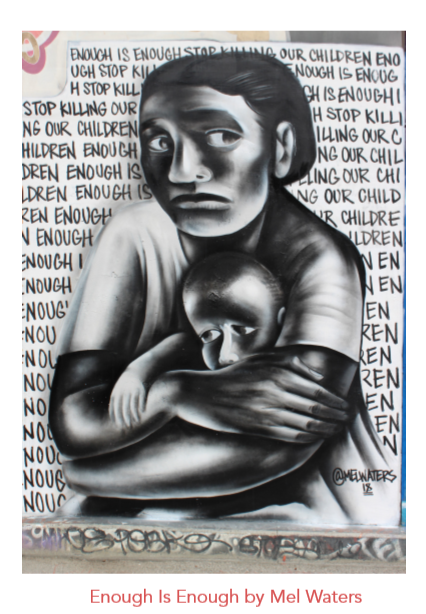
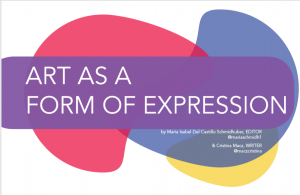
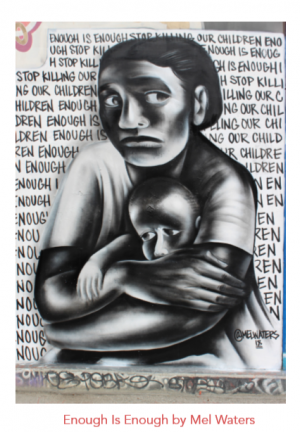
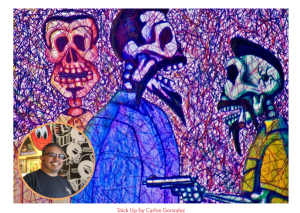
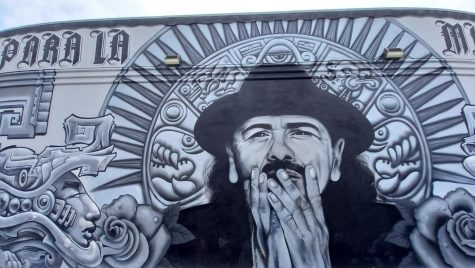
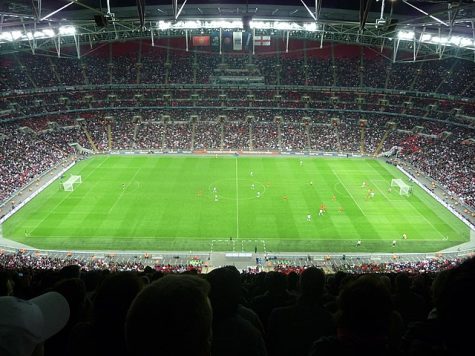
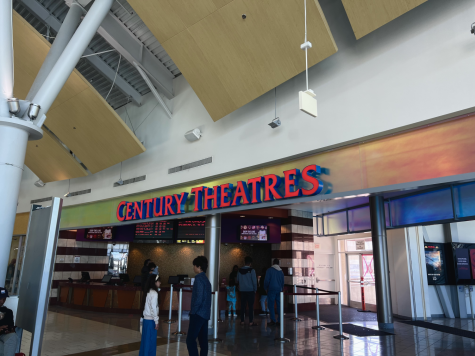
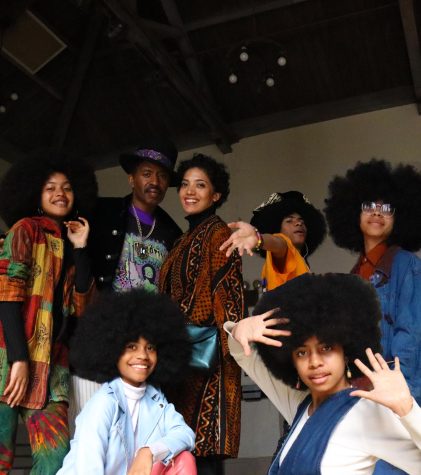
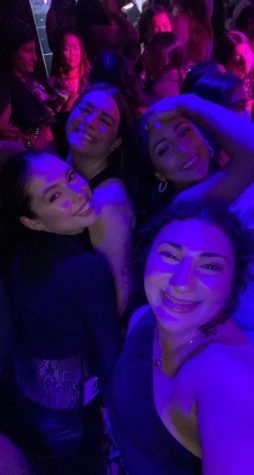
Patricia Pforte • May 19, 2018 at 6:28 pm
I saw this article and it is fantastic! I work at California Historical Society in downtown San Francisco and we have a murals exhibition, Murales Rebeldes: L.A. Chicana/o Murals Under Siege and the Skyline students might enjoy it! It is open now through September 16th.